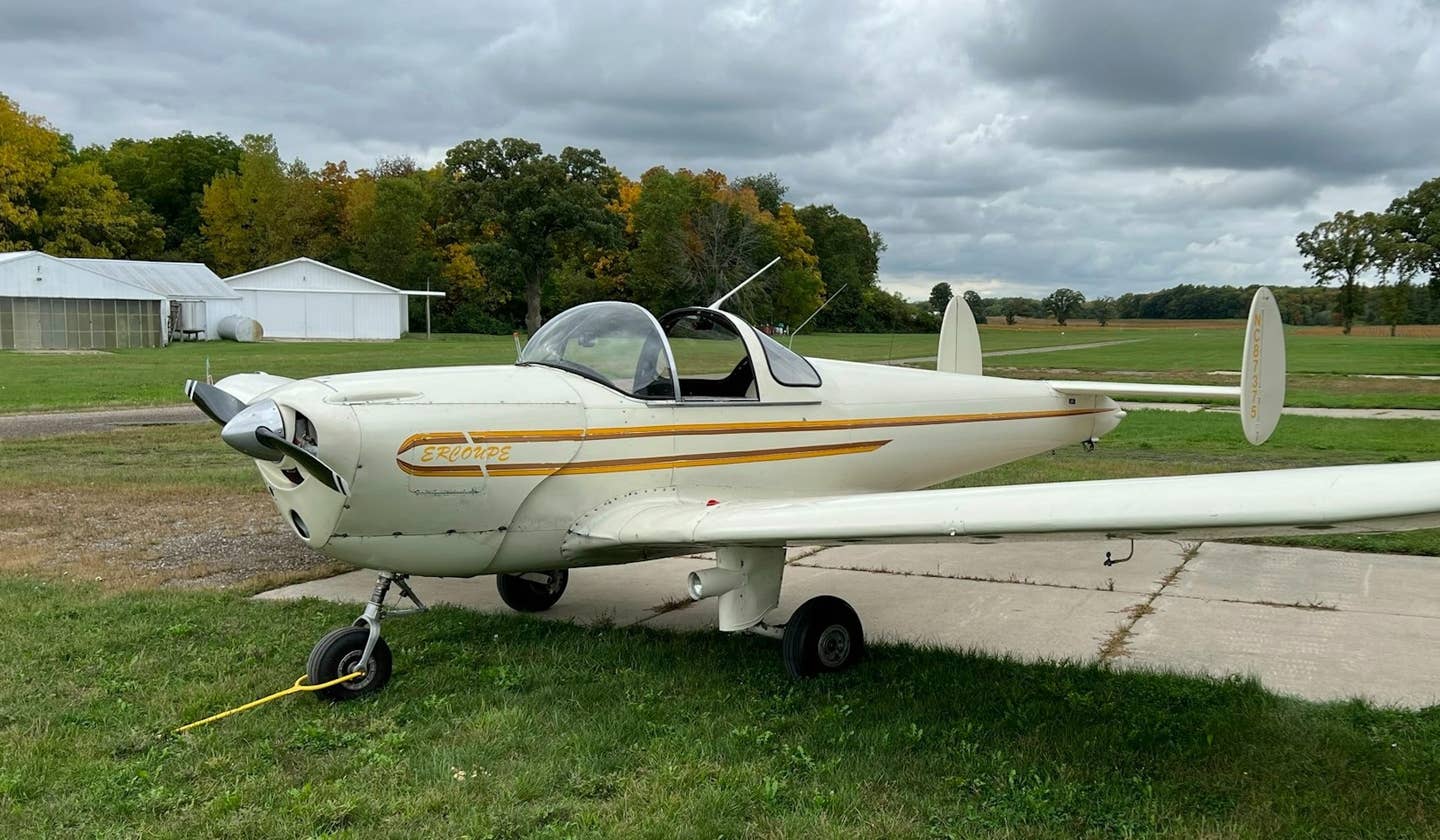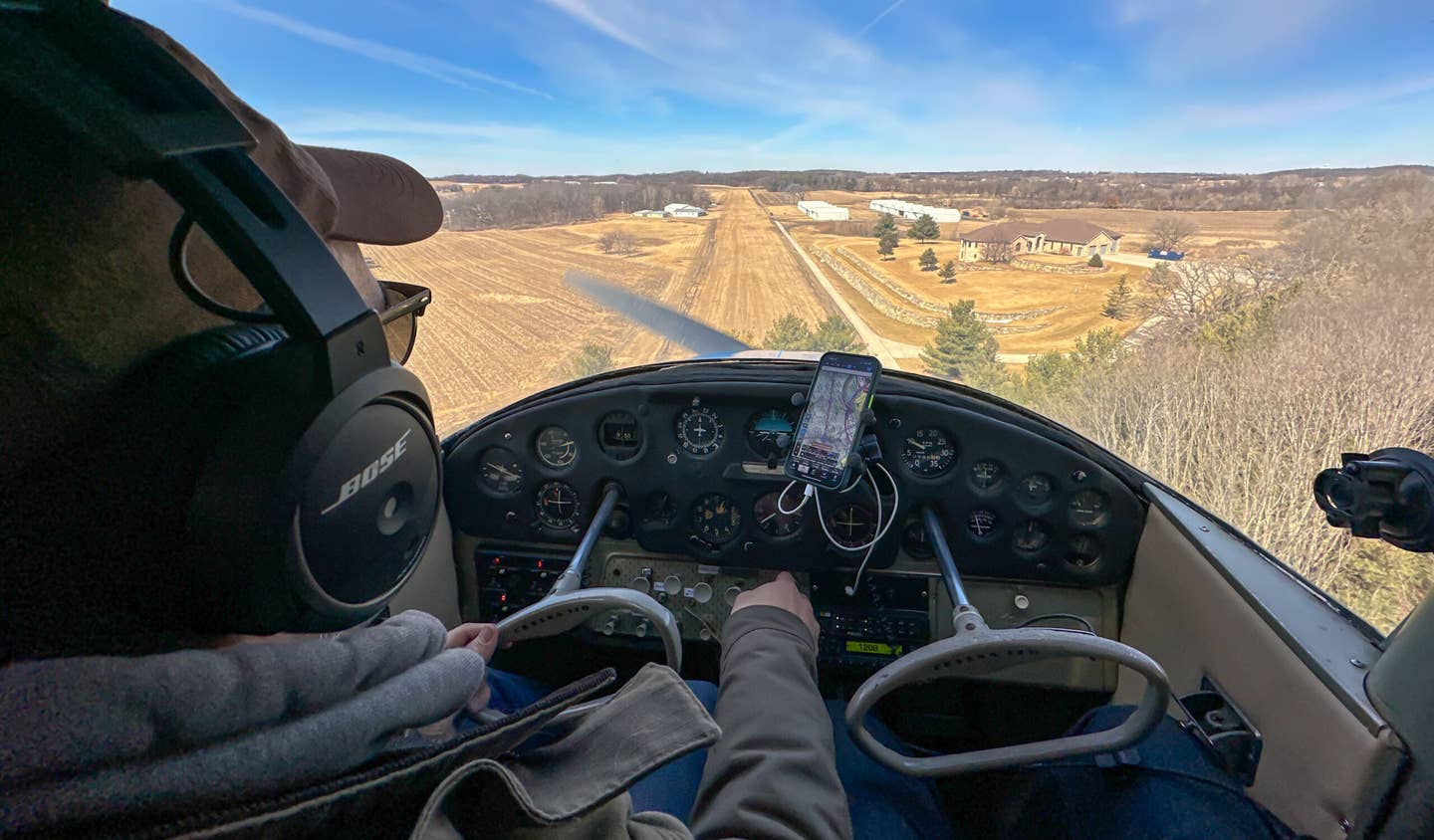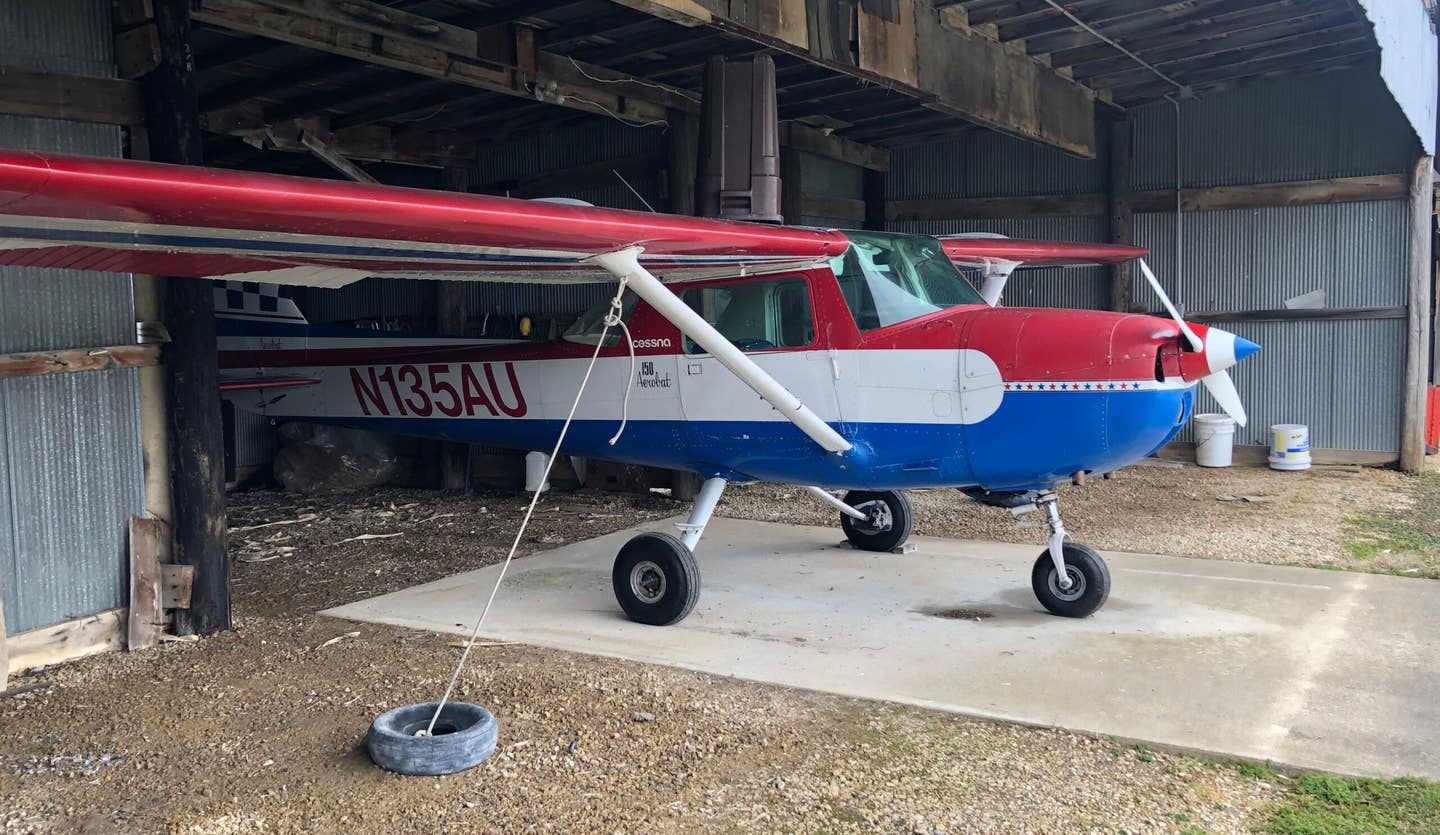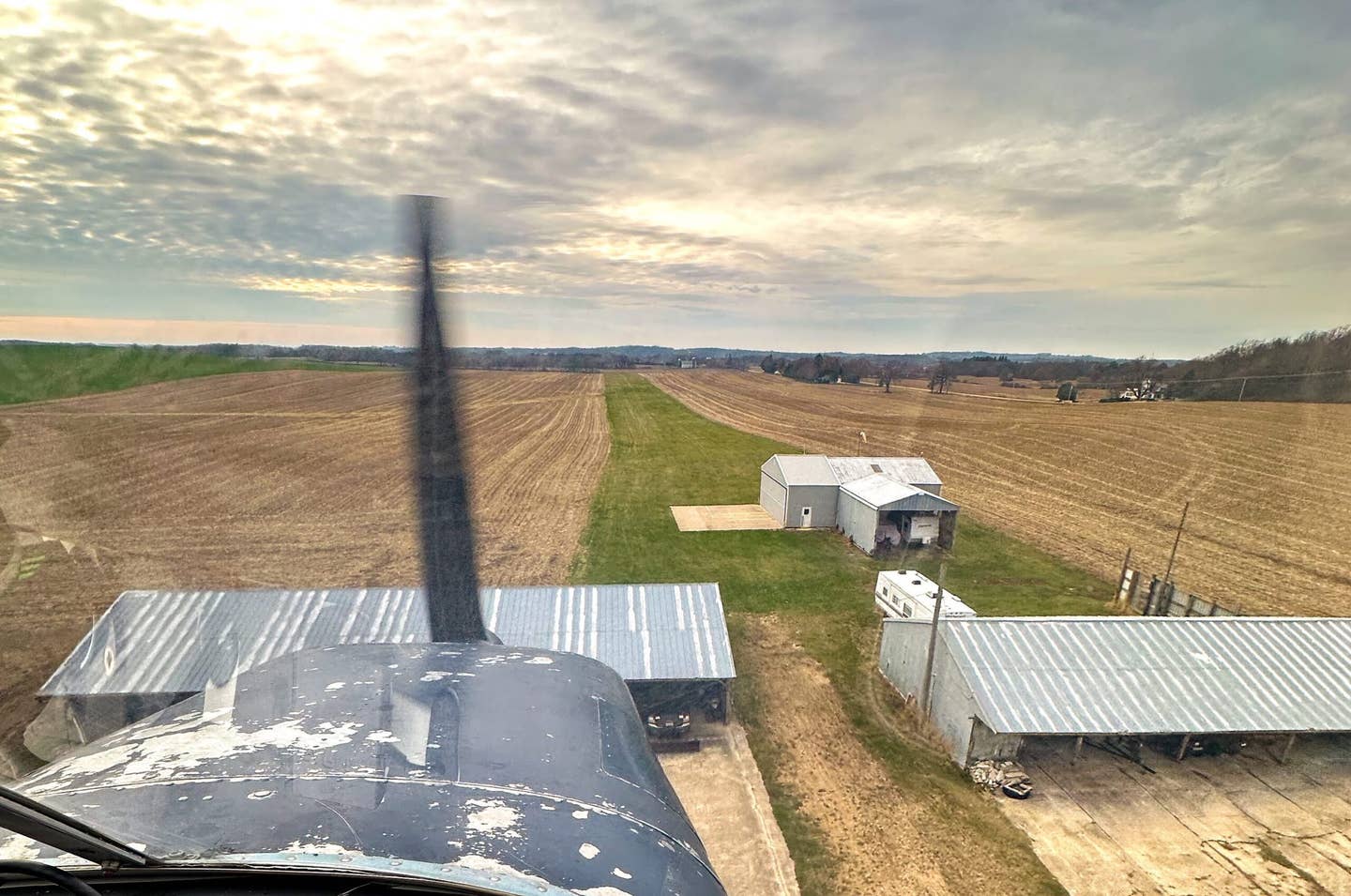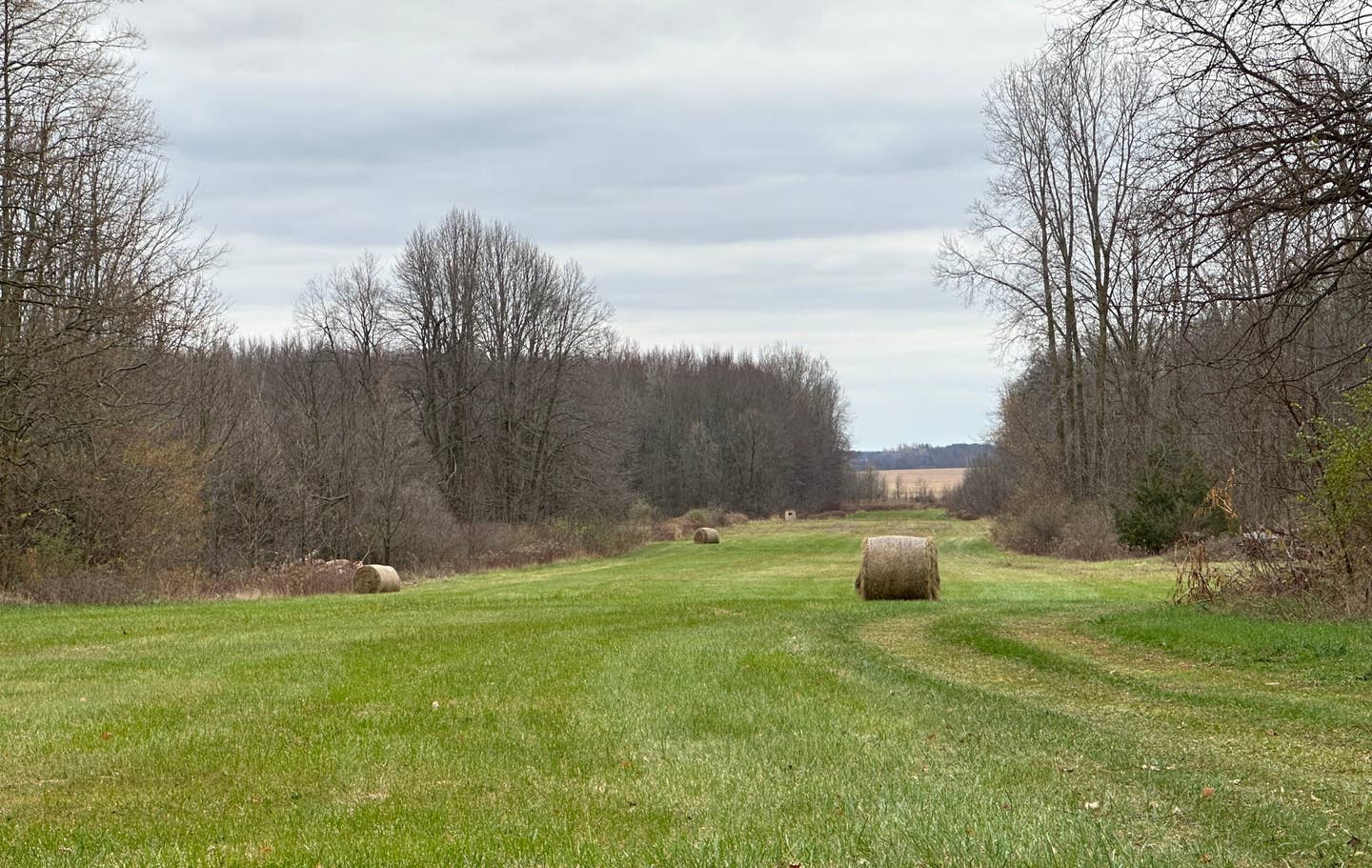A Modest Budget Makes For an Exercise in Compromise
Decisions must be guided by what type of ownership experience you want.
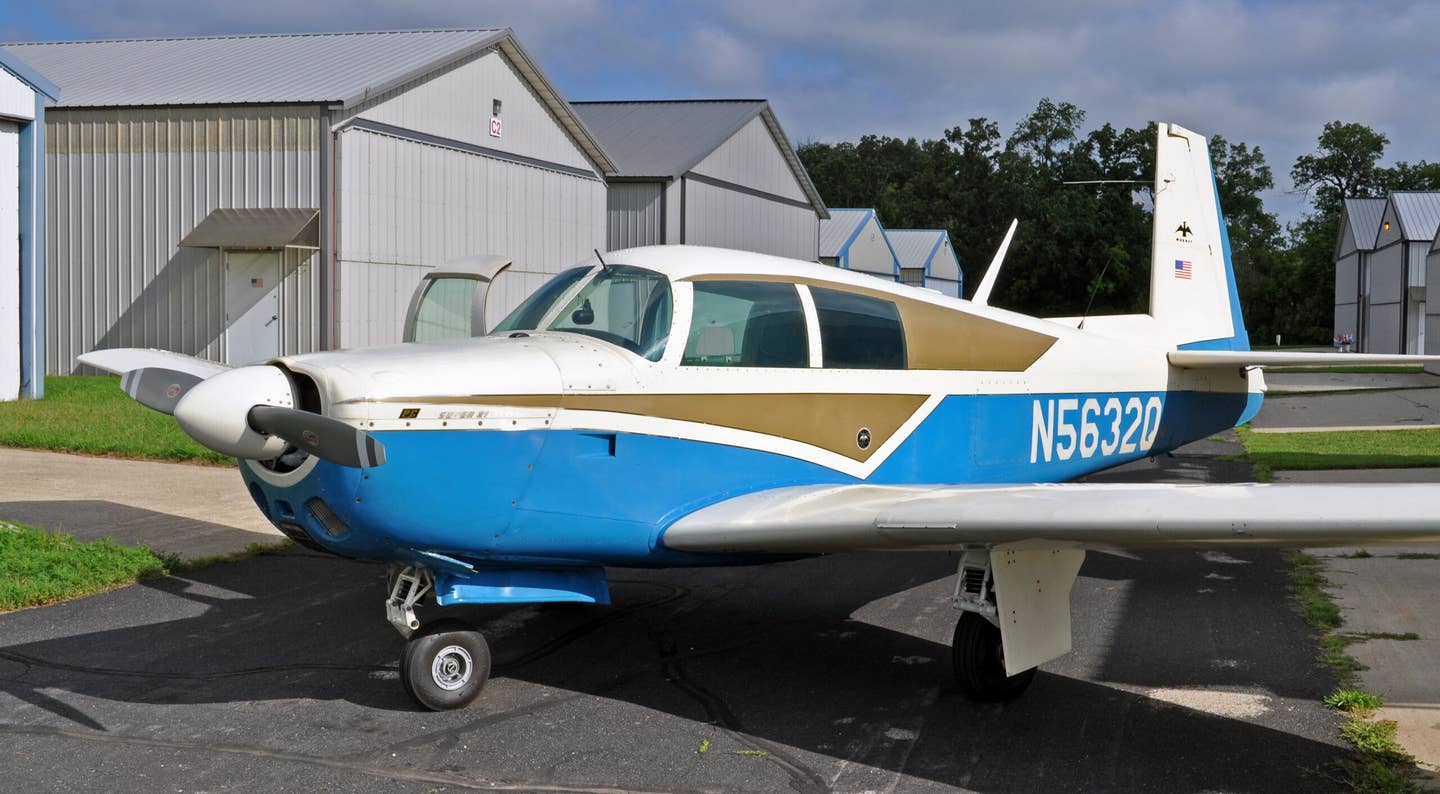
An older, affordable example of a more capable type can offer some compelling strengths…but one must be prepared to accept the inherent compromises. [Photo: Jason McDowell]
“Strong. Light. Cheap. Pick two.”
This was the wisdom coined by mountain bike pioneer Keith Bontrager back in the mid-1980s. The logic, of course, is that a bicycle part that’s both strong and light will not be cheap, one that’s light and cheap will not be strong, etc. The overlying theory is that when budget is a concern, you can’t have it all, and compromises must be made.
The link between cycling and aviation has always been a strong one, and back when I began to seriously shop for an airplane, it occurred to me that there must be a similar principle that can be applied to airplanes. Not in terms of strength and weight, necessarily, but rather in terms of the compromises that we must face when budget is a concern.
At the time, I had saved enough money to be seriously shopping for a small, two-place Cessna 120 or 140. When it comes to certified airplanes, these are some of the most basic and affordable options out there; commonly even cheaper, lighter, and simpler than Cessna 150s. A great way for a newcomer to test the waters of aircraft ownership for the first time.
The Compromises Begin
I was already familiar with the strengths of 120s and 140s, but as I learned more about them, their weaknesses became apparent. Chief among them was the limited payload. With most empty weights hovering between 950-1050 pounds and 25 gallons of fuel capacity, precious little was left over for occupants and baggage.
“When constrained by a finite budget, I would have to choose which strength I wanted and then accept the weakness it entailed.”
These were useful things to learn, because it kept me from making some decisions I might have later regretted. For example, I located a fantastic 120 in a nearby state that checked nearly every one of my boxes and was listed for only $21,000. But digging into the records, I learned that, thanks in part to the heavier metalized wing, I would personally only be able to carry a 70-pound passenger with full tanks.
That airplane was beautiful. It was well-maintained, nicely equipped, and would likely have proven to be a reliable machine for many years. But it would have crippled me in terms of capability. Effectively a single-person airplane, I would have been able to carry a couple backpacks filled with camping gear, but I would never have been able to take a friend along with me for the trip.
My search dragged on and my frustration grew. But I diligently continued to deposit funds into my airplane account, and before long, more options revealed themselves. I had accrued enough savings to be able to consider the nicest 120s and 140s available…as well as some of the least-expensive Cessna 170s on the market.
A New Quandry
This placed me in an interesting position. My search now bridged the gap between beautifully maintained, well-sorted basic airplanes that offered less capability, and more capable types that were comparatively shabby and in need of attention. Each option offered its own significant strengths, and each included its own headaches.
Being a fairly visual thinker, I attempted to quantify the pros and cons of each airplane I encountered in a spreadsheet. In doing so, it occurred to me that I was facing a limitation not unlike Keith Bontrager’s astute observations on bicycles. When constrained by a finite budget, I would have to choose which strength I wanted and then accept the weakness it entailed.
In the case of airplanes, it wasn’t a matter of having to decide between weight and strength, but rather, capability and reliability. When bridging the gap between two levels of aircraft, I could go with an entry-level type that was well-sorted and would most likely produce few maintenance headaches, but it would offer limited capability. Alternatively, I could go with a more capable type that had a larger payload and could access more challenging locations, but it would be well-worn and would almost certainly require more frequent maintenance…both expected and unexpected.
Capable. Well-sorted. Affordable. I could choose any two.
There isn’t necessarily a right or wrong answer to this conundrum. It simply comes down to what sort of ownership experience one finds more appealing—and whether one prefers to eventually replace their airplane with another type, or stick with one for many years.
A pilot motivated by visions of long cross-country travel will likely dream of Bonanzas, Mooneys, and Comanches; complex, high-performance machines that can provide a compelling alternative to airline travel. But with a fixed and/or limited budget, the only affordable examples of those types will likely have higher-time engines, dated panels, and possibly a collection of maintenance issues that have been deferred for years. A work in progress, so to speak.
To purchase such an airplane is to embark upon a long-term project; a constant series of upgrades and repairs, and a corresponding lack of airplane availability as it is taken out of service for that work to be completed. For many owners, this might be a perfectly acceptable price of admission to the ranks of Bonanza/Mooney/Comanche ownership. But for others, it may sour the overall experience of ownership, exhausting their patience as well as their budget.
The latter sort of owner might ultimately be happier with a more humble, less impressive type like a Musketeer or Cherokee. Yes, these might not match the more powerful, complex types in cruise performance, range, or ramp appeal. But an airworthy, operational Cherokee has better performance than a Bonanza that’s confined to the maintenance hangar, undergoing a three-week long repair.
Personally, I ended up opting for the more capable airplane that was a bit shabby and unsorted. I recognized it would be used purely for recreation as opposed to a primary means of travel. Being down for maintenance would, therefore, not create any tremendous hardship.
I also liked the idea of buying one’s last airplane first. Having found a scruffy example of my dream airplane, I accepted a future of regular upgrades and restoration. A propeller upgrade here, some new avionics there. I envisioned a long-term relationship in which I learn the most minute details of every system aboard the machine and chip away at opportunities to gradually restore it to beautiful mechanical condition.
Over the first year of ownership, my patience and budget would both be tested. I’d encounter some fun projects that could be magically completed with the wave of a credit card, and I’d encounter others that required weeks of research, an open-ended budget, and months of downtime.
Such is the reality of opting for the capable option that happens to be less sorted. Were I able to omit the “affordable” portion of the formula, I’d surely have an airplane that offers the best of both worlds. But such is life, and with the proper mindset, one will appreciate the strengths while taking the challenges in stride.

Sign-up for newsletters & special offers!
Get the latest FLYING stories & special offers delivered directly to your inbox

